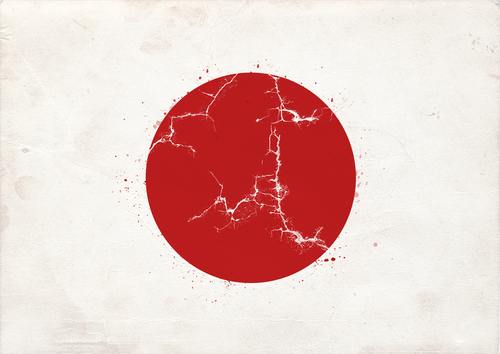A new report from Allianz analyzes the fact that the insurance claims from natural disaster are becoming more expensive. The key reason is not so much that there are more disasters, just more buildings, more development and more insurance. And as parts of the developing world, specifically China and India, continue to become more affluent, we can likely expect this to continue.
One way this is illustrated is by looking at the most powerful and more deadly earthquakes in each of the past ten years. In some years (2003, 2008 and 2011 so far), the strongest quake is also the most deadly.
But in other years, notably last year with the 8.
8 magnitude earthquake in Chile killing 507 people and the 7.
0 earthquake in Haiti killing more than 200,000, that has not been the case. The two main reasons for this is that the stronger quake either hits a very remote location where people don’t live or it hits a location with modern building codes and shake-resistant buildings.
Markus Treml, seismology expert at Allianz SE Reinsurance, explains.
The Energy factor shows the ratio between the seismic energy released by the two earthquakes. For example, the quake in Chile released 500 times more energy than the quake in Haiti. This table shows that those regions where tectonic plates clash are at highest risk. Six tremendous earthquakes happened in Indonesia in the last decade. All other earthquakes in this table – except Haiti – are also in high-risk zones. The amount of energy released does not necessarily mean more damage or casualties. Instead, weak buildings or secondary effects of earthquakes such as tsunamis or fires are the most common reason for high fatality rates.
buy paxil online www.tvaxbiomedical.com/scripts/css/paxil.html no prescription pharmacyThis was the case in Haiti in 2010, in Northern Sumatra in 2004 and will probably be the case for Japan.
As he mentions, the “energy factor” in the chart below represents how much more powerful the strongest earthquake was each year than the most deadly.




